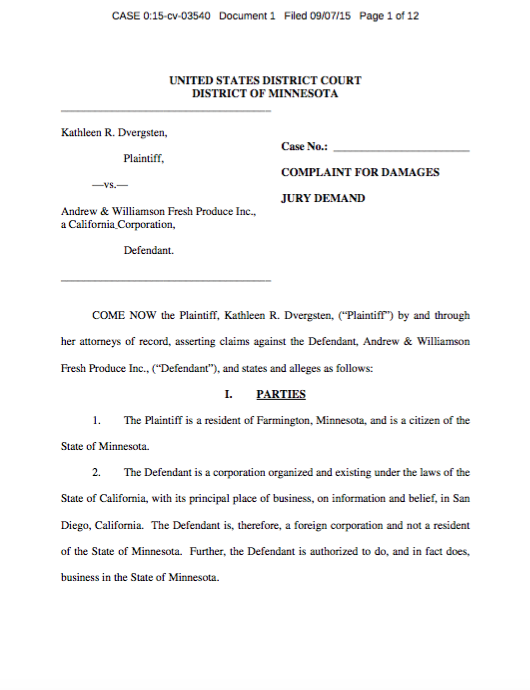Minnesota State Court Civil Forms – If you’ve been appointed to represent an individual in civil litigation, there may be a series of forms that you have to complete. Some forms are accessible online or printed from the website of the court. Some may require to be filled out in hardcopy. You can also access other forms online, however it’s important to verify that they’re suitable to your specific situation prior to you submit them.
Fill in the blanks of this form
The Supreme Court Administrative Office, (SCAO) is home to vast inventory of court forms that are not filled out. They are arranged in accordance with the nature and purpose of the legal issue. You can look them up using their numbers or their names.
If you want to create an official document the first thing to do is find an appropriate form to meet your situation. Some forms contain case titles separated from the names of the parties with spaces.
Before you start filling out forms, ensure that you read and comprehend the directions. It is possible that you will be asked to sign at times as well as have to specify how the documents were served. Be sure to keep only single-sided copies. If you don’t take this precaution in the future, you don’t need to duplicate them again.
Request restricted status for an electronic document
It could be challenging to gain restricted status on electronic civil court forms. The factors to consider are legitimacy as well as whether the formatting requirements have been met. To be sure you’re following the rules correctly, it’s essential to go to the Minnesota Supreme Court regulations or the rules of your local court.
Electronic filing demands that documents be legible and stamped with an authorized stamp. Furthermore, the document must be given to the county clerk inside of an envelope that is properly addressed. The documents will be inspected for validity if there is any doubt.
Informing all parties that your submission was converted to electronic filing, for instance it is possible fill out an EFCIV-23 form. In exceptional circumstances, you must also serve this form with your commencement paperwork.Additionally, you must use EDDS to submit the paperwork to the court.
Send original copies of your exhibits.
You might have to submit a copy of exhibits to the court in specific countries. However, your documentation is often submitted electronically. You’ll need to provide the court a paper copy of any electronic files that you’ve provided.
You must fill in every court form as best you can to your abilities. Each of the fields on the forms has to be filled out completely and precisely. There are usually empty spaces between the shapes. If you have any questions about filling out a form, it is recommended to consult an attorney.
Hardcopy exhibits must be served to all parties with an accompanying document, such as the Notice of Exhibit Form Filling in Hard Copy. You can use a Web-based solution like Odyssey File and Serve or the EDDS mail system for serving.
Online forms might not work for you.
Court forms online can only be obtained if you speak with an attorney first. As a result you’ll learn about your rights and choices. If you do not retain legal counsel, however, you will be in charge of your legal issues. You could be liable to disciplinary actions or civil fines, including one for practicing law with no an authorization.
On their sites, many courts offer self-help information however, some courts do not. The Alaska Court System has developed specific forms, like. One of these forms is the complaint form that you can download here. The interactive complaint form is a different form.
If you’re pleased with the completed form, print it out and bring it to court. There are other forms available on the court’s website. Some forms, however, require computer software. Computer programs are designed to answer questions, collect information, and create forms.


